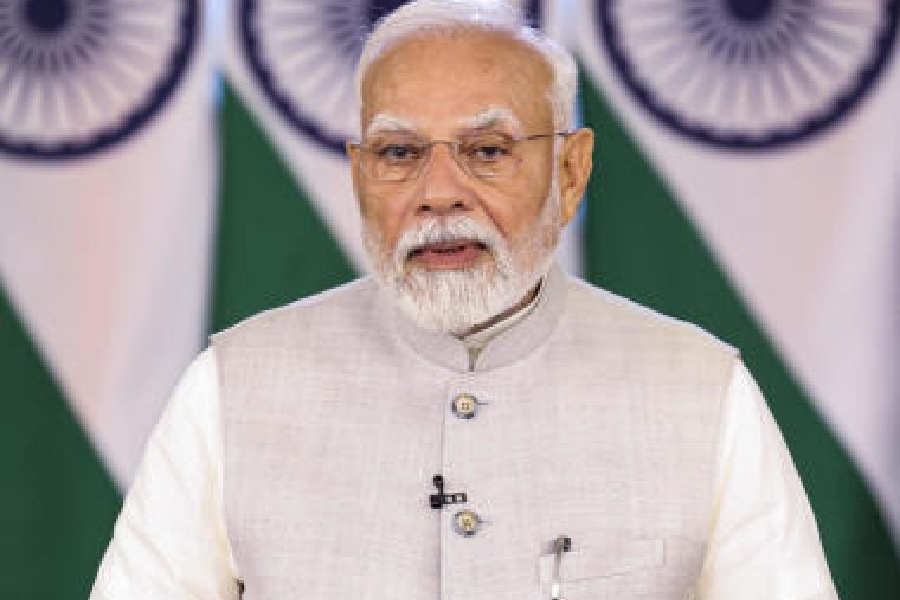 |
New Delhi, Jan. 2: Telecom operators using code division multiple access (CDMA) technology like Reliance Infocomm and Tata Indicom will approach the telecom regulator against the directive by the Wireless Planning Commission (WPC) that blocks issue of any additional spectrum unless they meet subscriber targets using the existing spectrum available with them.
Spectrum are airwaves on which the calls and data travel that we send and receive from our telephones, mobile and internet.
The WPC in an order issued on December 10 has pointed out that CDMA operators? existing subscriber base does not justify their demand for additional spectrum beyond 5 megahertz (Mhz). The WPC is a nodal agency of the communications ministry that recommends the allocation of spectrum.
The Association of Unified Service Providers of India (AUSPI) led by Reliance Infocomm has been making several submissions to the government, including the Telecom regulatory Authority of India (Trai), regarding inadequate spectrum assigned to them to meet even their present growth requirements.
The association had also said additional spectrum for their immediate requirements should be made available only in the USPCS 1850 - 1910 / 1930 - 1990 band, citing reasons of equipment availability and handsets that are compatible with their existing networks.
Now, the two major operators ? Reliance Infocomm and Tata Indicom ? are on their backfoot and have sought Trai?s intervention to help quash the directive from the WPC.
A senior official in the communications ministry pointed that the operators did not meet rural obligations and the Unified Access Service Licence had given them a free hand in removing the rural obligation.
?Now they do not want to offer service to the common people but are interested in making fast cash by offering high-end services to corporate customers. It seems the demand for spectrum is aimed to offer high-speed wireless services to business customers and not to offer connections to individuals,? said a WPC official.
?It is clearly evident from the subscriber figures of the CDMA operators (see chart) that they do not justify the demand for additional spectrum beyond 5 Mhz,? said the official.
According to the WPC directive and the licence conditions, each operator is required to have 12 lakh (circle A ? Delhi, Calcutta, Chennai and Mumbai ), 10 lakh (circle B ? major cities like Pune, Indore, Ahemdabad, Bangalore, Hyderabad) and 5 lakh (circle C ? smaller towns and cities) subscribers.
Since the two players had secured licences as fourth operators, the allocation was increased from 3.75 Mhz to 5 MHz and their capacity to add subscribers will be around 20 lakh in A circle and correspondingly increase in B and C circles as well, said the official.
Senior officials also pointed out that among the four metros, only Mahanagar Telephone Nigam Ltd has been assigned the additional 5 Mhz spectrum. As a result, additional 15 MHz is still available for the two CDMA-based operators in Delhi and Mumbai.
Sources said, ?It will cater up to 51 lakh subscribers (17 lakh per 5 MHz; thus 17 x 3 = 51 lakh). Hence, more than adequate spectrum is available in the existing 800 / 850 MHz band for catering to the requirements of private CDMA operators even in Delhi and Mumbai metros for a substantial period of time.?











